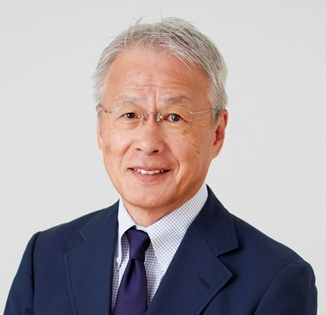
by Noriyuki Morimoto
The greatest challenge for corporate human resources is the appointment and treatment of individuals capable of actions that deliver positive results. Rewards for such actions need to take into consideration the element of time, even if there is a high likelihood of delivering results: the rewards are basically paid in advance of actual results occurring.
Personnel capable of taking actions that deliver results can be categorized into two types. First there are debt personnel, who are expected to achieve results defined by the company, and then there are capital personnel, who actualize the results defined by themselves. Needless to say, it is capital personnel that drive corporate growth, and debt personnel that strongly assist them.
While specific corporate performance expectations can be factored into the compensation of debt personnel, that is not possible with capital personnel. Therefore, in designing compensation for capital personnel, it is necessary to incorporate an element of post-payment following the actualization of results. The design of this post-payment is key to a company’s innovative growth.
Whether debt or capital personnel, they are the core of a company’s workforce, and the company would not want them to quit. Therefore, the personnel system needs to come with a retention function, namely the design of postpaid compensation. A typical case is to have the retirement benefit system designed as an important function of a company’s HR strategy, based on a completely different philosophy from that of traditional retirement benefits.
Since debt personnel are rewarded based on future expectations, they are naturally assumed to achieve the expected results, which leaves no room for the concept of bonuses. This is the theoretical basis for the prevalence of annual salary systems. Debt personnel may be eligible for a bonus if their results exceed expectations, but rather than a bonus, it is reasonable and common to promote the individual and raise the expectation-based reward.
Compensation for the performance of capital personnel is clearly postpaid and, at the same time, is of the most bonus-like character. It should be designed to transcend the traditional concept of a bonus, both in monetary value and in terms of HR strategy. And the design of the severance payment would usually be in the form of deferring that bonus. It also goes without saying that capital personnel, as the name implies, deserve to be compensated by company stock, such as in the form of stock options.
[Category /Human Capital Investment]

Chief Executive Officer, HC Asset Management Co.,Ltd. Noriyuki Morimoto founded HC Asset Management in November 2002. As a pioneer investment consultant in Japan, he established the investment consulting business of Watson Wyatt K.K. (now Willis Towers Watson) in 1990.

